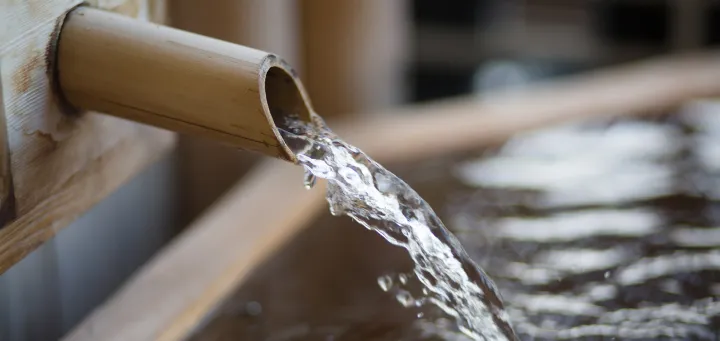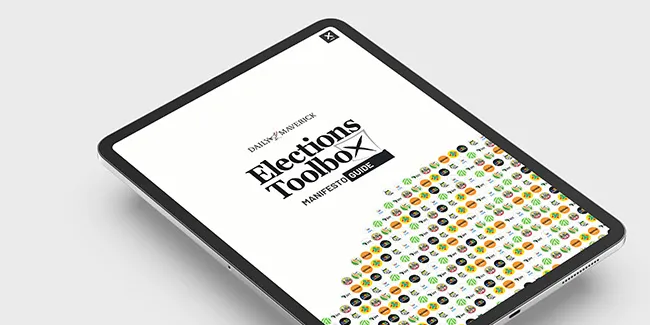But the proposal faces a rough road in Congress. Garnering Republican support in either the House or Senate, both of which Democrats control by narrow margins, will be difficult, if not impossible. Corralling moderate and progressive Democrats will also be a challenge.
“Like great projects of the past, the president’s plan will unify and mobilize the country to meet the great challenges of our time: the climate crisis and the ambitions of an autocratic China,” the White House said in a statement before Biden’s afternoon speech in Pittsburgh.
What Biden lays out Wednesday is just the first part of his long-term economic program, with a second round of initiatives to be announced in mid-April. Those will focus on “helping families with the challenges like health care costs, child care, and education.”
Read more: What’s in Biden’s $2.25 Trillion Infrastructure and Tax Proposal
The program will prove far more complex to enact than the $1.9 trillion pandemic-relief bill signed earlier in March. Republicans are staunchly opposed to tax increases, and the breadth of measures will invite partisan and even internal Democratic battles. Senate Republican leader Mitch McConnell said Wednesday, “It’s like a Trojan Horse that’s called infrastructure. But inside the Trojan Horse is going to be more borrowed money and massive tax increases on all of the productive parts of our economy.”
National Economic Council Director Brian Deese said that the program, even with higher levies on companies, will aid the private sector.
Tax Proposals
“These public investments are among the highest-return investments in terms of spurring private investment,” Deese said in an interview with Bloomberg TV on Tuesday. “Let’s have a competitive tax system that encourages domestic investment,” he also said, arguing that the proposals will stop a “race to the bottom internationally” on business taxes.
House Speaker Nancy Pelosi told her caucus members Monday that she aims to move the infrastructure bill through her chamber by July 4, though it could slip to later that month, according to a person familiar with the matter. That timeline could allow for the Senate to pass the final version before Congress’s monthlong August recess.
As seen with the Covid-19 bill, Biden’s initial plans are coming in much bigger than what economists had anticipated. The shift to a major expansion in fiscal policy has already driven up forecasts for growth this year, and sent Treasury yields climbing. While stocks have reacted with some volatility in recent weeks, the S&P 500 index hit a record high on Friday.
Biden’s plan will create millions and millions of jobs, an administration official told reporters, while declining to provide a specific figure. The outline of the package emphasized new union jobs, and making it easier to unionize.
Pittsburgh Model
Biden will present his “American Jobs Plan” Wednesday in Pittsburgh, a city the White House views as a prime example of an old manufacturing hub revitalized by new industries from health care to technology.
The administration wants the same type of reorientation that Pittsburgh saw to provide fresh opportunities to working-class cities and towns across the country. The plan envisions an expensive political gambit carried out over the next decade to try to create well-paying jobs by both updating the country’s infrastructure and preparing for the coming weather patterns wrought by climate change.

A major undercurrent through the infrastructure plan is addressing inequality and expanding help for segments of society that the administration judges have been left out in the past. For example, in addition to fixing the “ten most economically significant bridges in the country in need of reconstruction,” there’s $20 billion for a new program that will “reconnect” neighborhoods that were cut off by past investments, such as the I-81 highway in Syracuse, New York. And all lead pipes will be replaced, to address water-quality issues.
Another key theme is bolstering U.S. competitiveness against China. There’s $50 billion earmarked for domestic semiconductor manufacturing, and $40 billion more in upgrading research capacity in laboratories across the nation.
Read more: Biden Infrastructure Plan Targets Electric Cars, Clean Power
Climate change is also a major target. The transportation funding proposed specifically directs $174 billion to electric vehicles, including sale rebates and tax incentives for consumers to buy American-made cars.
While infrastructure has traditionally been a bipartisan endeavor, Republicans have warned they’re not in favor of the major tilt toward renewable energy in the administration’s approach. McConnell also said his party wouldn’t vote for tax increases.
Outreach to GOP
Administration officials said Biden is open to input from members of Congress of both parties on what provisions should be in a final package and how to pay for them. The White House expects to have robust outreach to GOP lawmakers and is committed to a serious discussion with them, a White House official said on the condition of anonymity to discuss the administration’s plans. That effort began with inviting Republicans from relevant committees to a Tuesday briefing with Deese
But Biden’s plans don’t necessarily need Republican support to become law. Senate Majority Leader Chuck Schumer and Pelosi could choose to fit many of the president’s proposals into one or more budget reconciliation bills, which require only a simple majority vote in the Senate. The challenge is, as Pelosi has already indicated, that not all elements could fit into such a bill, which sets certain requirements for inclusion.
The infrastructure package doesn’t include any of the proposed tax increases on individuals that Biden talked about on the campaign — like raising the top tax rate for individuals and increasing the levy on capital gains. That was purposeful, an administration official said, because White House aides believe corporate-tax reform should pay for infrastructure and the efforts to enhance the attraction of the U.S. as a place to do business.
Long Timeframe
Tax experts and lawmakers expect the administration to try to raise taxes on the wealthy and their assets in the second package coming later this spring.
With legislative prospects uncertain, and given the time it will take for the infrastructure package to get implemented, economists largely held back from projections on the potential growth impact of Biden’s plan.
“These are projects that play out over a very long period of time,” said Michael Pugliese, an economist at Wells Fargo & Co. “It’s years and potentially as long as decades to get some of this stuff done, built, completed, and the economic impact there is going to be a lot different than when you take a very large amount of money and hand it to individuals through direct checks and unemployment benefits.”





















 Become an Insider
Become an Insider
Comments - Please login in order to comment.